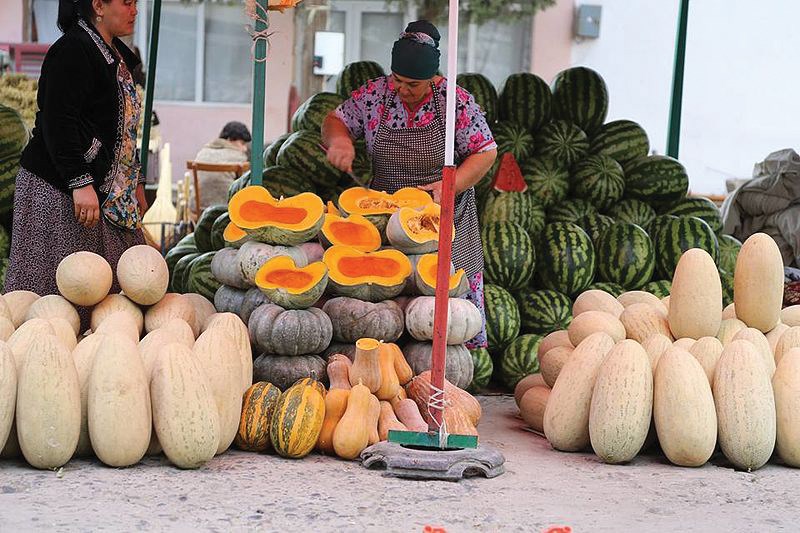Some years ago, Denis Rogers and I were in the city of Khujand in Tajikistan doing some volunteer medical work. Tajikistan is a mountainous country in Central Asia, and Khujand is one of the most ancient cities in Asia, the farthest point to the east that Alexander reached.
The area still holds memories of Alexander the Great. There are the remnants of a wall in Khujand, referred to as Alexander’s wall, still in great shape. He is not known there as Alexander the Great, but as Alexander Makedonia – Alexander of Macedonia. I guess you do not refer to your conqueror as “the Great”!
We went there in 1993, shortly after the breakup of the U.S.S.R. and conditions were dire in all areas, except those of hospitality and friendliness. As a thank you, the doctors took us on a trip to the fabled city of Samarkand, in the adjoining country of Uzbekistan. Before setting out, it took five hours to find enough gas on the black market. There were 13 of us in an 11-passenger van with bald tires, and a bald spare. An interpreter, Sasha, accompanied us.
Sasha, who was in his late 20s, was an interesting person. He had been a Russian officer and was well educated. He spoke 11 languages. In Tajikistan he lived a hand-to-mouth existence, working as an interpreter wherever he could.
En route we were stopped by some soldiers and were told they were looking for terrorists from Afghanistan. We asked what they would do if they found some. “Shoot them,” was the casual response.
Not unexpectedly we got a flat, on an incline, and a dozen doctors changing the wheel was an interesting adventure in itself.
We spent the first night in Pendzhikent, a city in Uzbekistan, founded in the fifth century and an important hub on the silk route. The adobe-brick old city had crumbled in the sixth century and a new city had grown up nearby. Ancient Pendzhikent (five settlements) stood 2,500 years ago, the Pompeii of central Asia. Shivaism (followers of Lord Shiva) was the religion of the day. And we walked in their footsteps! Goats now foraged among the ruins. There were no fences, guards nor signage. The local medical staff greeted us warmly, and one, with tears in his eyes, said, “We have been waiting for you for 70 years!”
We were invited to assist in the O.R. the next morning. As usual, the lipstick and nylons (compliments of Cactus Flower) that we handed out were more eagerly received than the medicines we brought.
The hospitality was amazing but there was no running water in the dormitory where we slept. There was a bucket of water beside the waterless flush toilet. In the morning I used the whole bucket of water to flush the toilet and was severely admonished by the lady in charge. The bucket of water was supposed to be used only after several people had used the toilet!
All the doctors were desperately poor, but very proud, so we asked Sasha to quietly find a spare tire on the black market and we would pay for it. This he did, and we continued on to Samarkand.
Samarkand had once been the richest city in Asia, but was now a remote backwater. The city contained the hugely impressive ornate ruins of the Bibi Khanym Mosque built by Tamerlane in the 15th century. In the monstrous bazaar in Samarkand we bought some yards of a colourful silk-like cloth we were sure our wives would be delighted with. When we got home and proudly unveiled our fabric from the East, their unanimous decision was “yuk” – and never worn.



